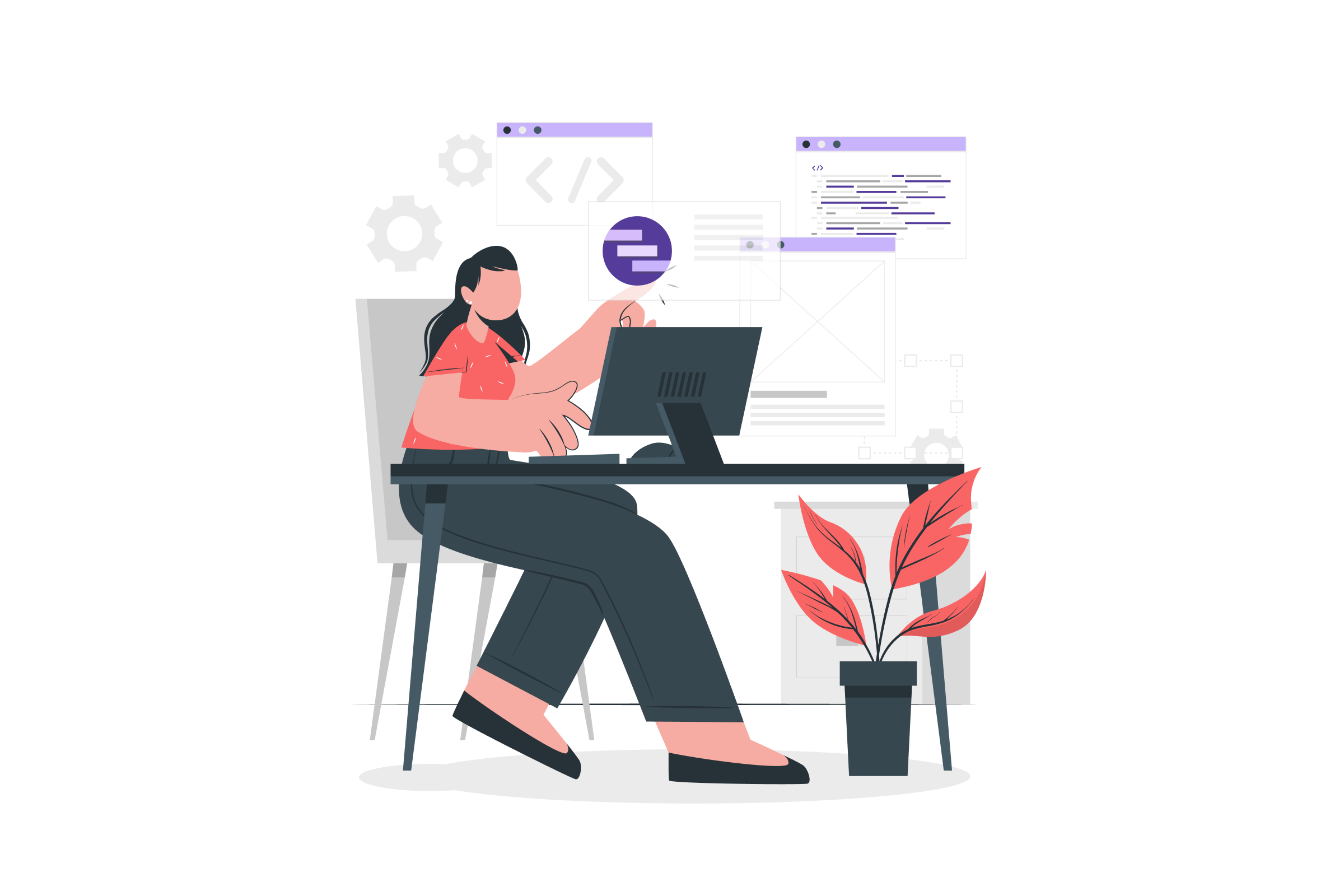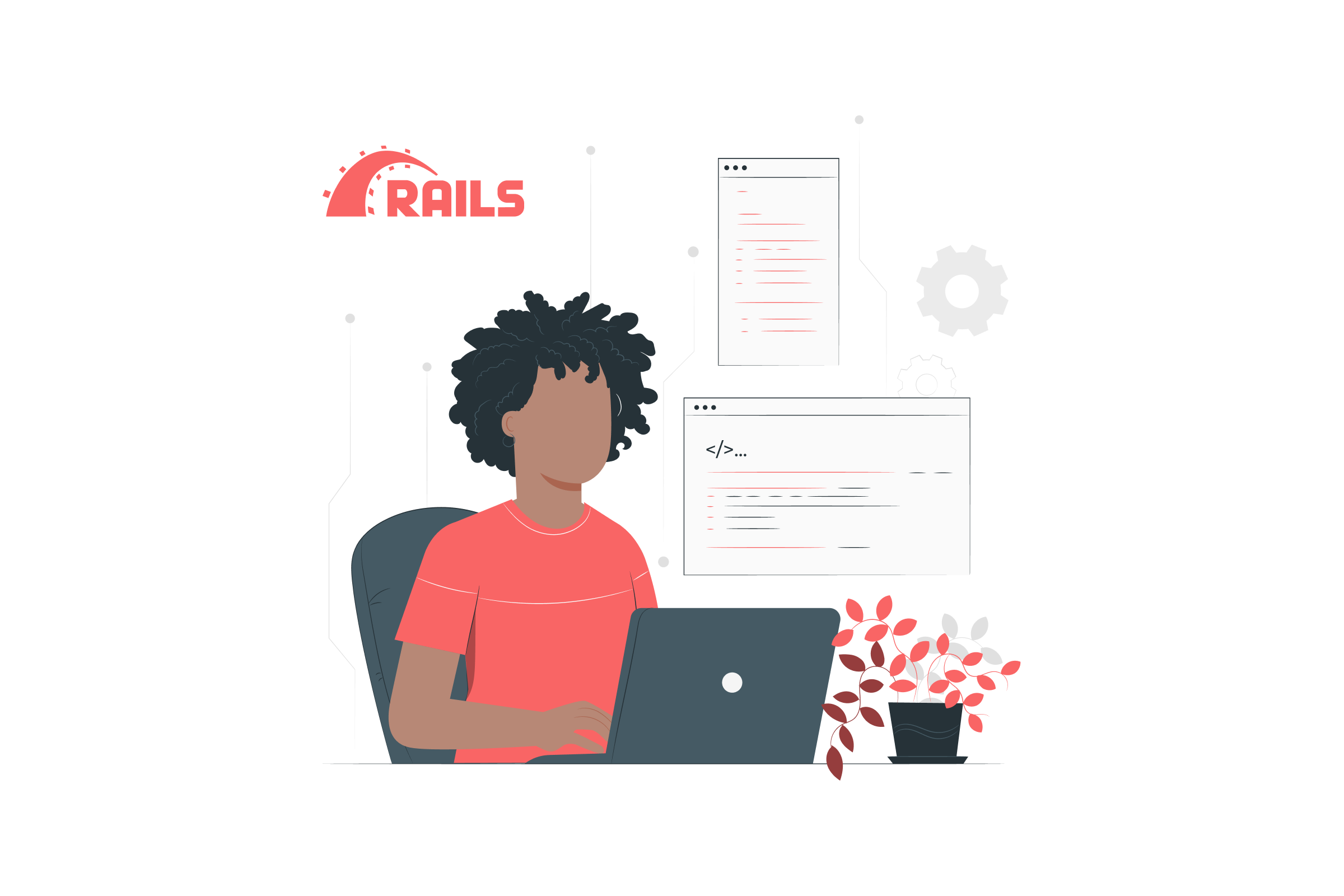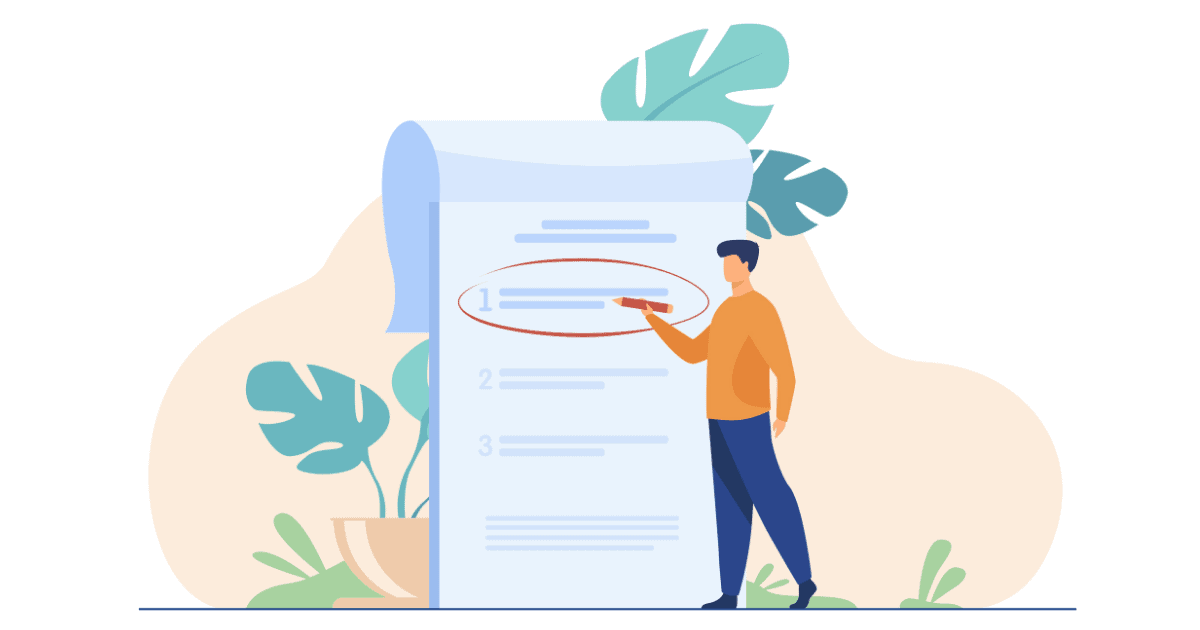Choosing Notifee Push notifications are an important feature of mobile applications. They keep ...
- Code (35)
- Tech (32)
- Leadership (27)
- Best Practice (21)
- UX Design (18)
- Airship News (14)
- Industry (14)
- Birmingham (11)
- Process (11)
- Products (11)
- Ruby (7)
- Tools (7)
- Hiring (6)
- React Native (5)
- Open Source (4)
- DEI (3)
- Maintenance (3)
- Uncategorized (3)
- Accessibility (2)
- Git (2)
- User Research (2)
- Mobile (1)
What is Ruby on Rails Used for? Ruby on Rails, commonly known as Rails, is a robust web application ...
One of the most useful features in Rails 7 (but not limited to) is the addition of Turbo. Note: for ...
Our client recently made a significant step for a more secure authentication flow by moving from ...
2020 and COVID forever changed the way that churches engage with members and attendees. For some, ...
***For the purposes of this blog post, I will be referring to “greenfield” projects (new software ...
Recently, I was reading trying to jumpstart ideas for blog creation when I came across this ...
A decade or so ago, an article from Forbes declared the end of IT outsourcing was upon us and for a ...
There is one certainty in writing software and that is “there are 100 ways to solve the same ...
Your favorite band is coming to town. You’ve never attended one of their live shows in person. You ...

Start with: What problem are you trying to solve?
One of the activities we work through revolves around refining your problem statement. A problem statement is the key business problem that needs to be solved. In software development, it states “what has to be done” for a project to succeed. It does not say, “how it has to be done.”
We use the 5W’s + 1 H format as well as the SMART Framework when establishing a problem statement. In fact, you can draft your own problem statement by using our free download. This download will get you thinking through some of the questions and answers prior to starting your project.











